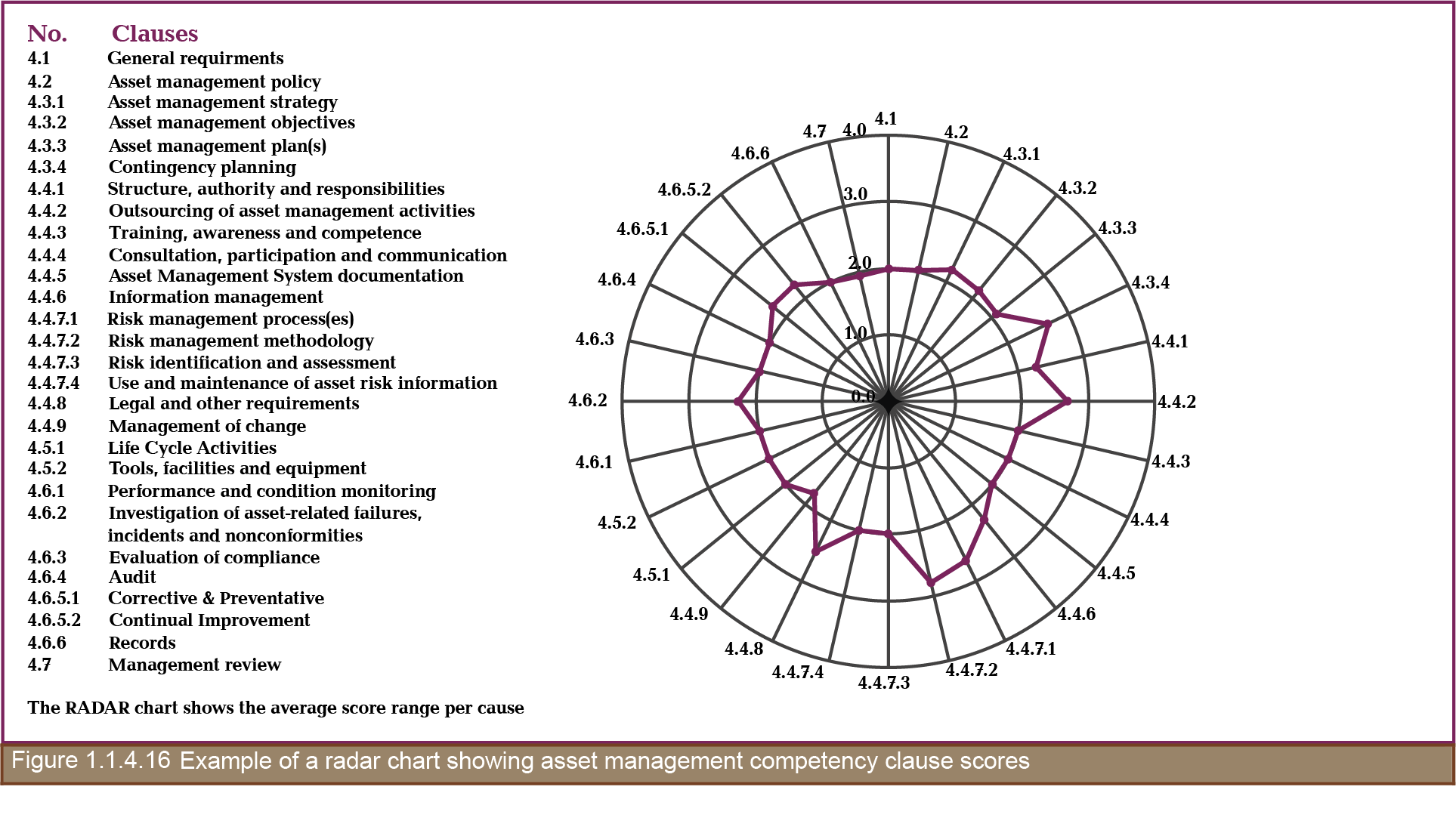

The following case studies are presented in this chapter:
CASE STUDY 1: Successful implementation of a Road Assets Management tool for the roads of Madrid Region
CASE STUDY 2: Learnings from implementation of Road Asset Management System in Assam, India
CASE STUDY 3: Asset management gap analysis and self-assessment effort of the US Federal Highway Administration (FHWA)
CASE STUDY 4: Self-assessment using the IAM toolkit
MIGUEL NÚÑEZ, Consejería de Transportes e Infraestructuras de la Comunidad de Madrid, Spain
Reliable data and sound analyses are necessary to manage a road network in a cost-effective manner. Nowadays, appropriate systems and equipment are available for gathering data and analysis. Based on sound analyses, properly financed road improvement plans can be estimated. It is possible to outline different improvement scenarios on the basis of given priorities, e.g. reduction of fatal accidents, and financial constraints. The process should blend managerial and technical perspectives, as is shown with an empirical illustration from the road network of the Madrid Region in Spain.
For a civil engineer the key motivation, in regards to his expertise, is undoubtedly to put it at the service of companies and public organisations, but the main goal is ultimately the service provided to the citizen. This would, no doubt, be envisioned in the case of road network maintenance. Clearly, our work must be done with care and perseverance in order to achieve the best possible results.
What it is set out below reveals the integrated vision that the Department of Communications and Transport of the Region of Madrid has followed in developing different type of contracts in order to obtain the best results, both technically and economically.
So, the real case of the Madrid Region will be described to exemplify how the technical and economic/administrative perspectives can be arranged in order to achieve the best viable result in view of the specific challenge that is road assets management. There has been a significant reduction in the budget for new infrastructures in recent years, with investments allocated to the conservation of the existing ones. We have a highly developed infrastructure network thanks to the heavy investments in previous years.
The new construction activities focus on obtaining improvements in road safety, through remodelling of intersections, construction of roundabouts, elimination of sections of accident black spots, improvements of links, improvements of routes, construction of bus stops, improvements in pedestrian crossings, etc.
The road network of the country of Spain and the Region of Madrid is divided as follows:
Table 1.1.4.1: Description of Spain and Madrid networks

The Roads Maintenance Strategy in Madrid region has allocated more than 160 million euros during the 2018-2021 period, divided into five main items:
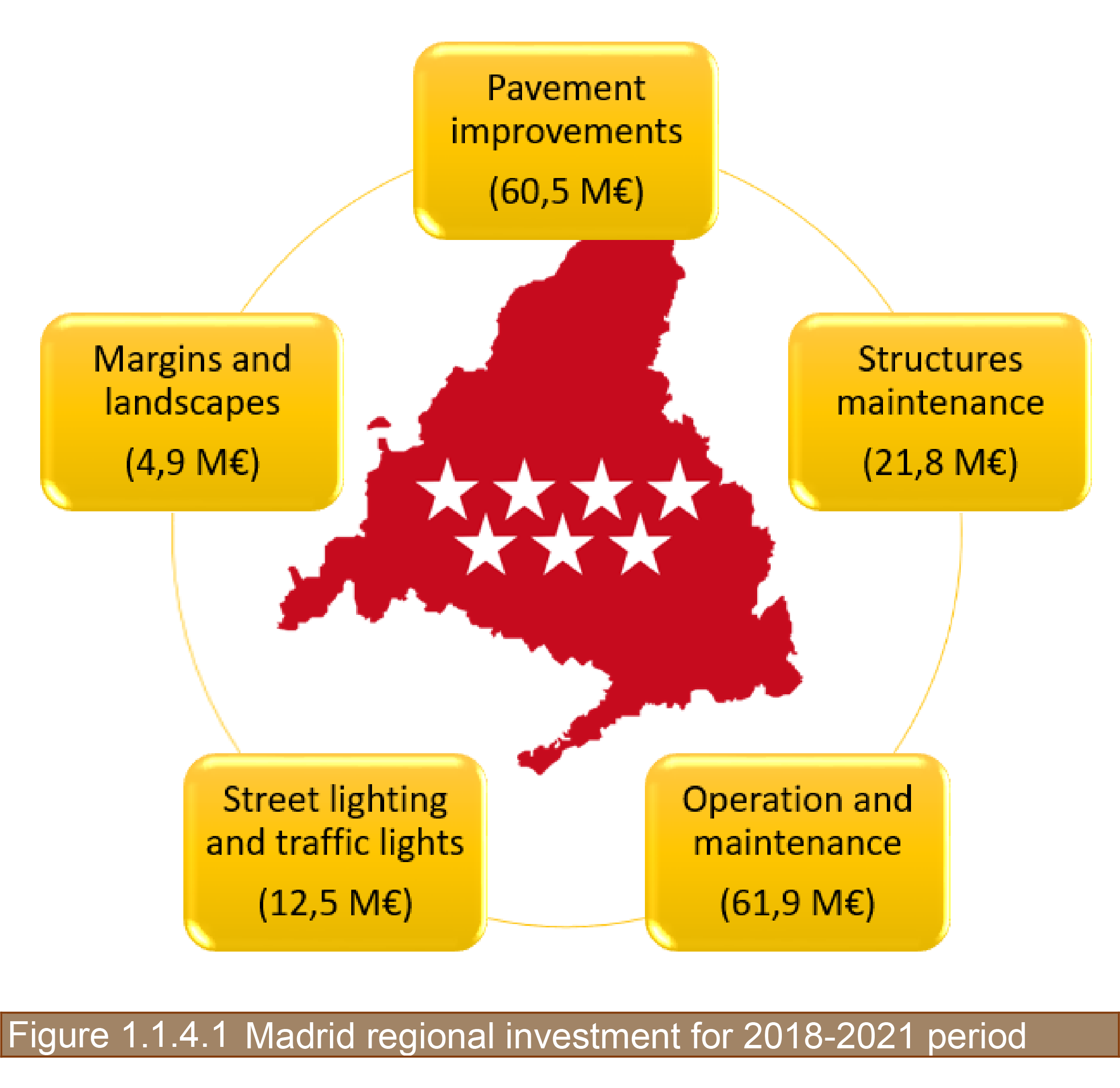
With regard to improving the pavements, two contracts are being implemented. One entails the visual inspection of the entire network and a second contract includes the survey of the pavements using high-performance equipment.
The entire road network of Madrid region managed by the Department is classified into:
By means of the first contract, the visual inspection of the entire network, metre by metre, is being carried out and its level of cracking defined in terms of:
The surface state of the network is classified by analysing these aspects, taking five cracking levels into consideration. Thus, the Madrid Region's network has been classified as follows:
These are:
Table 1.1.4.2: Limit values for deflection based on the category of heavy traffic (in mm/100)

The information obtained in the condition survey contract, as well as the information resulting from the visual inspection contract being carried out parallel to the condition survey contract, will be recorded in the management system used by the Department since 2006 for managing the information on its road network. This system, called ICARO, is an effective and easy-to-use tool that allows both the technicians and Department managers to efficiently manage the available resources, with the main objective of carrying out preventive conservation of the Madrid Region’s road network.
To achieve this objective, it is absolutely necessary that the information to be analysed is accurate. For this reason, before loading the survey data into the management system, the company RAUROS is carrying out the coherence analysis described previously. This way, by disallowing the invalid survey data, the information ultimately used by the Department's technicians and managers to take decisions is completely reliable.
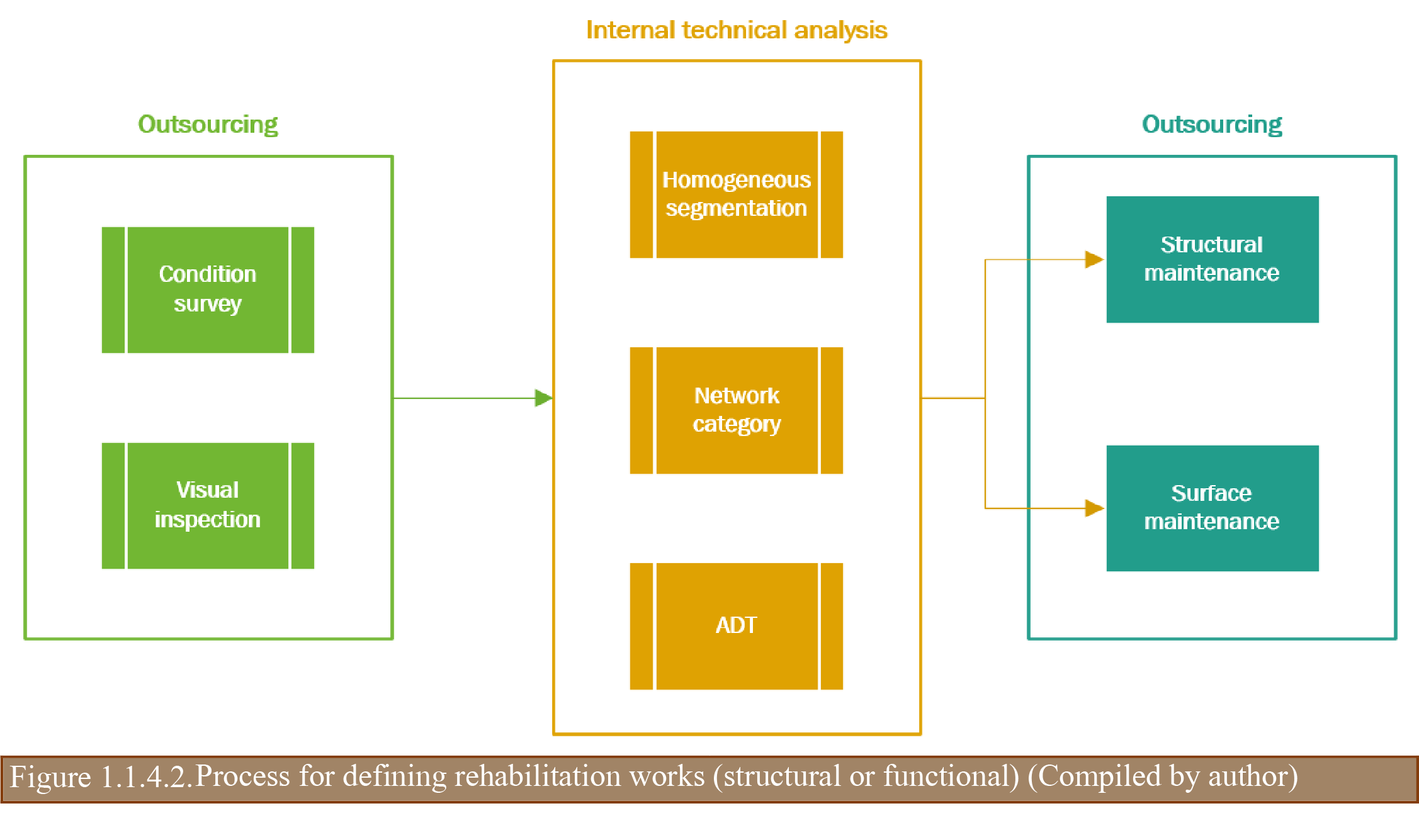
These activities are:
Thus, the work carried out or planned to be carried out in the 2018 to 2020 period is reflected in Figure 1.1.4.3.
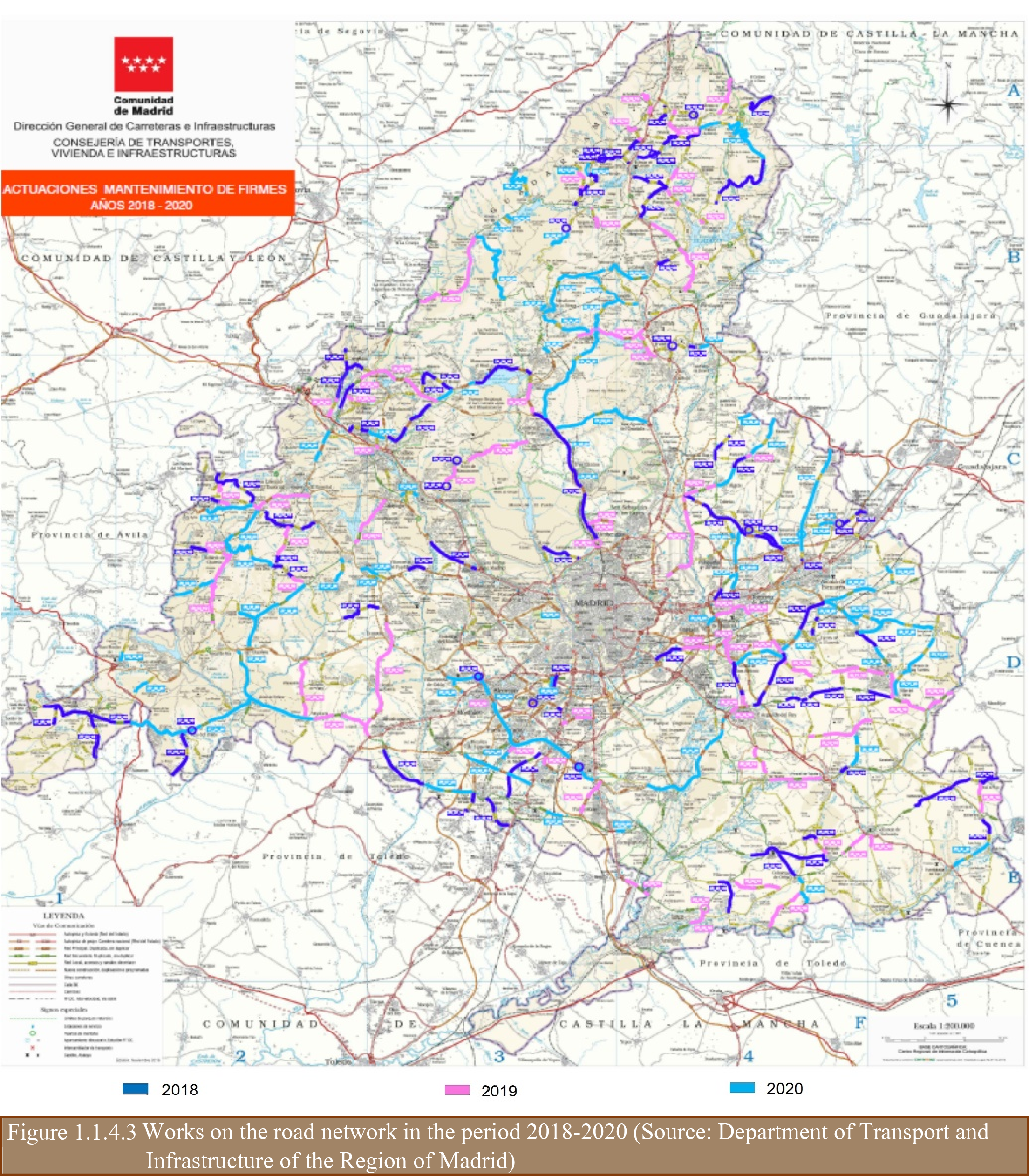
This work is awarded by tender in contracts for the rehabilitation services contracts by batches, awarding a maximum of two batches to the same rehabilitation company.
These batches correspond to the eight zones into which the Region of Madrid is divided in terms of road maintenance. Table 1.1.4.3 describes the length at which action must be taken and the budget allocated for each of the batches.
Table 1.1.4.3: Pavement improvement contracts
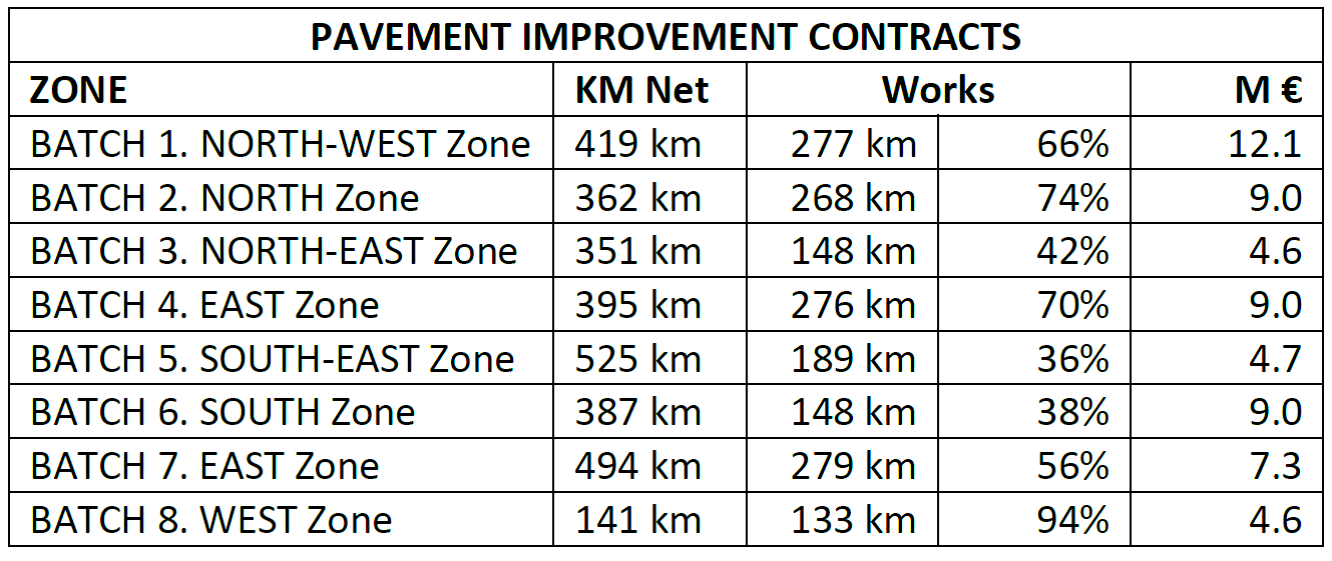
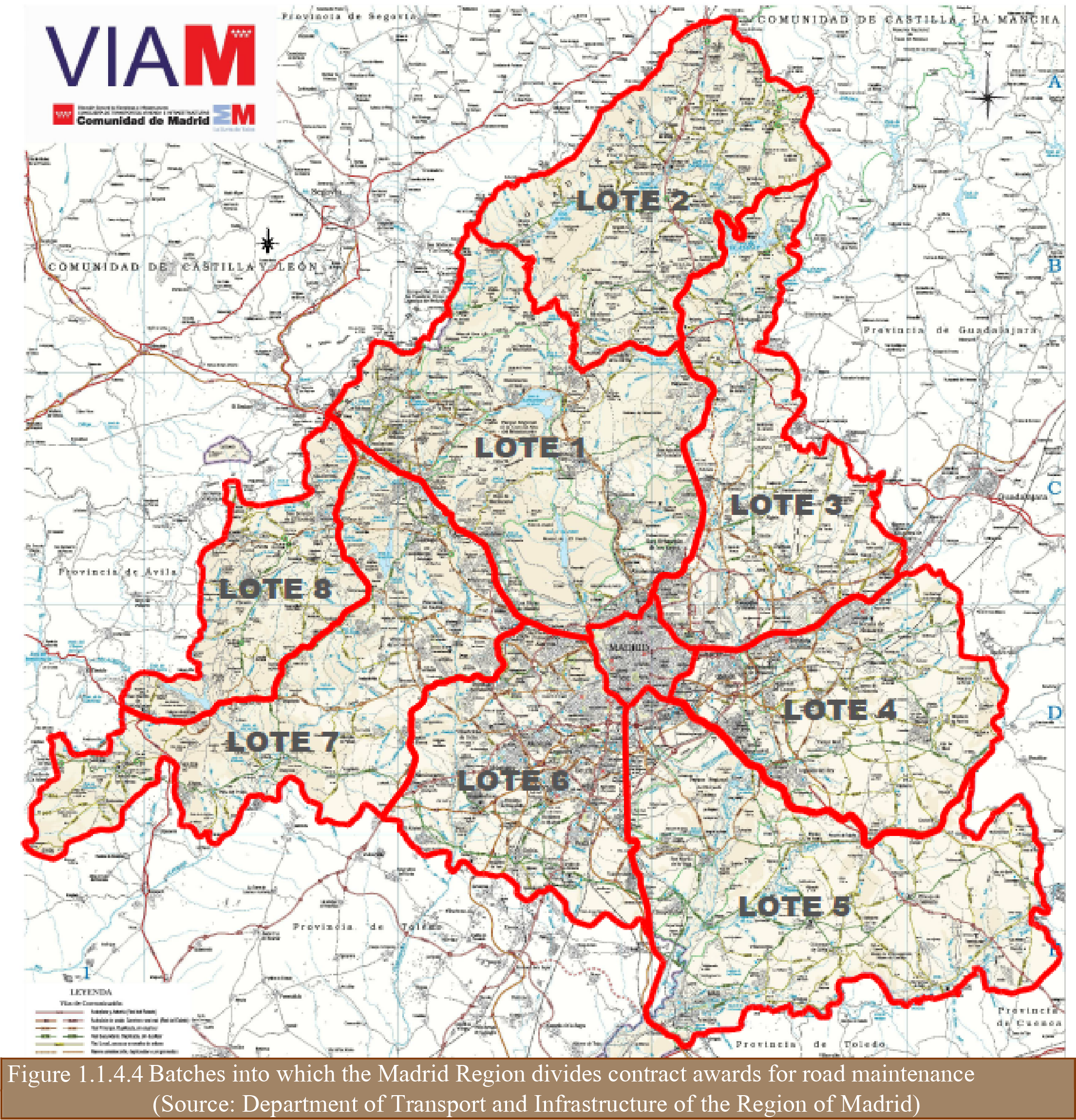
With regard to the maintenance of the structures, the department is currently implementing the “Contract for the inspection and oversight of bridges and structures in the Madrid Region road network (2016 - 2019)".
The department is currently responsible for maintaining 1,122 structures spread throughout the region.
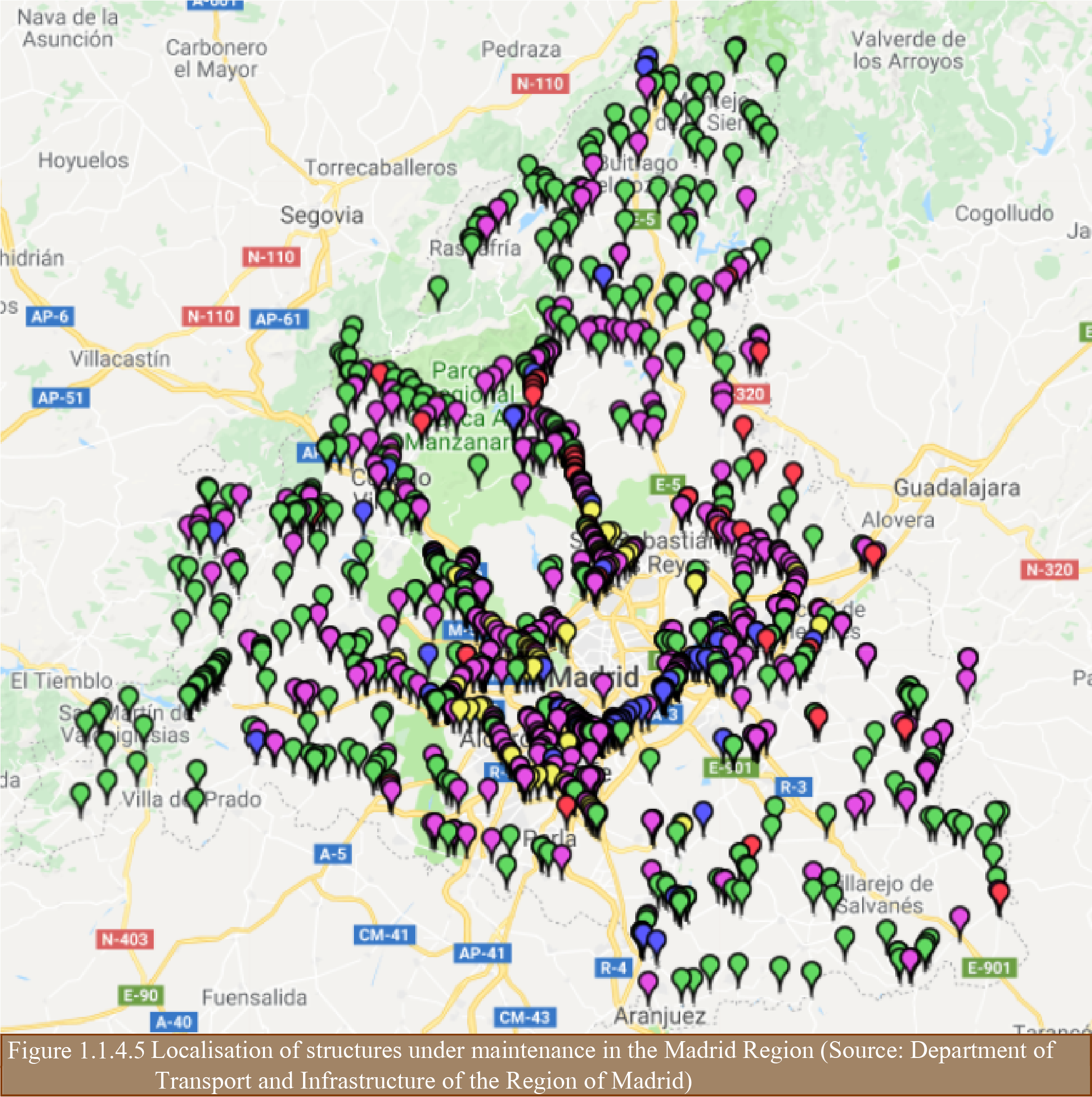
This analyses the trends of different indices that indicate their condition:
Thus, priority has been given to the necessary actions by dividing them into three contract award batches: North, East and West (dark blue, pink and light blue in Figure 1.1.4.6).
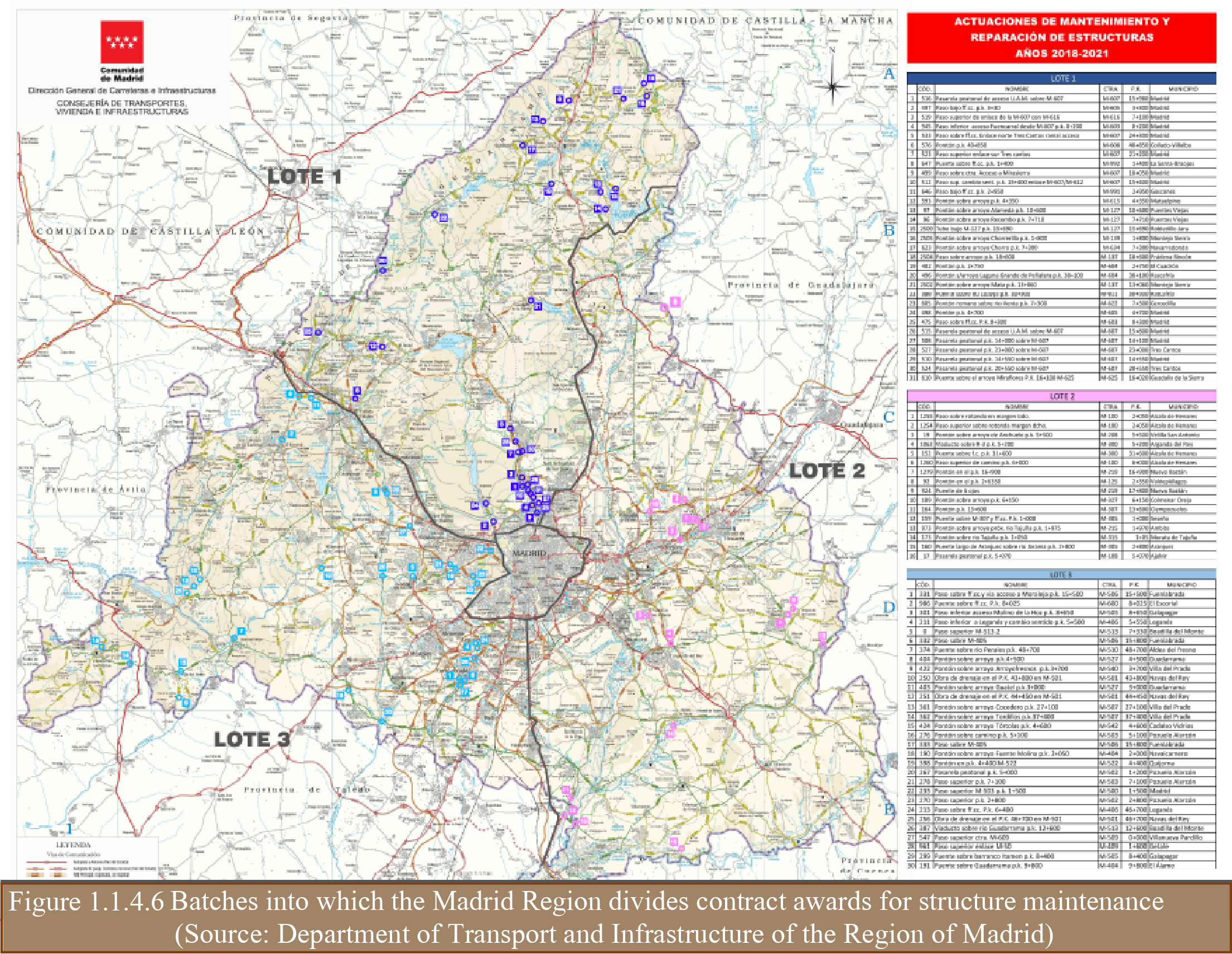
The investment planned to be made in the 2018-2021 conservation period is shown in Table 1.1.4.4.
Table 1.1.4.4: Budget for bridge maintenance

With regard to operation and maintenance, management thereof has also been divided into nine batches, seven of them awarded to different contractors (a maximum of two batches per contractor), and the remaining two managed with Region of Madrid resources, as indicated in Table 1.1.4.5 and Figure 1.1.4.7.
Table 1.1.4.5: Operation and maintenance costs
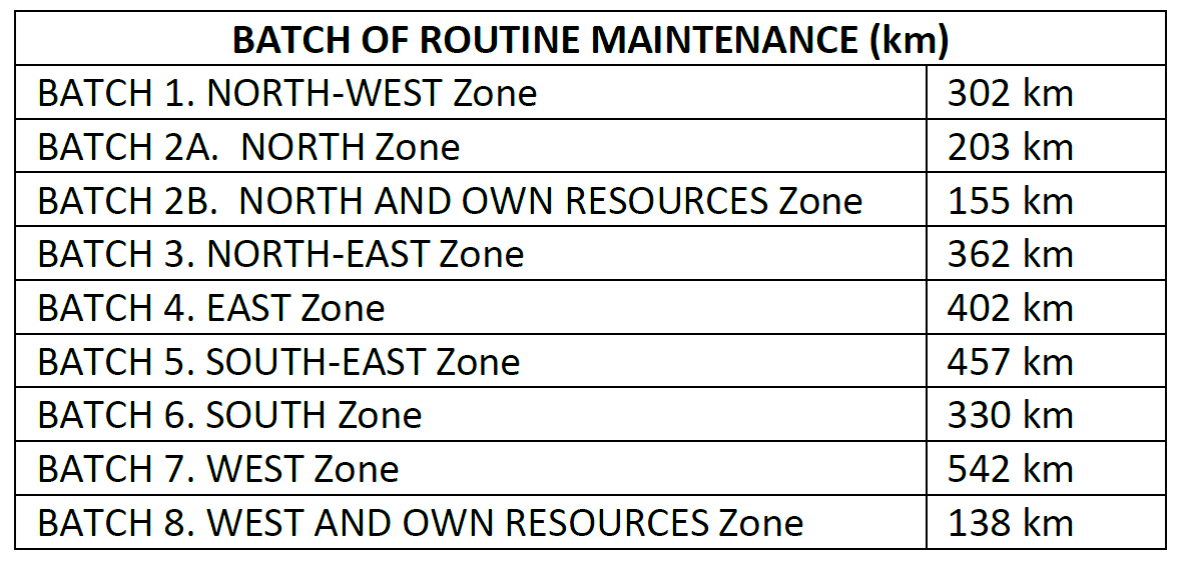
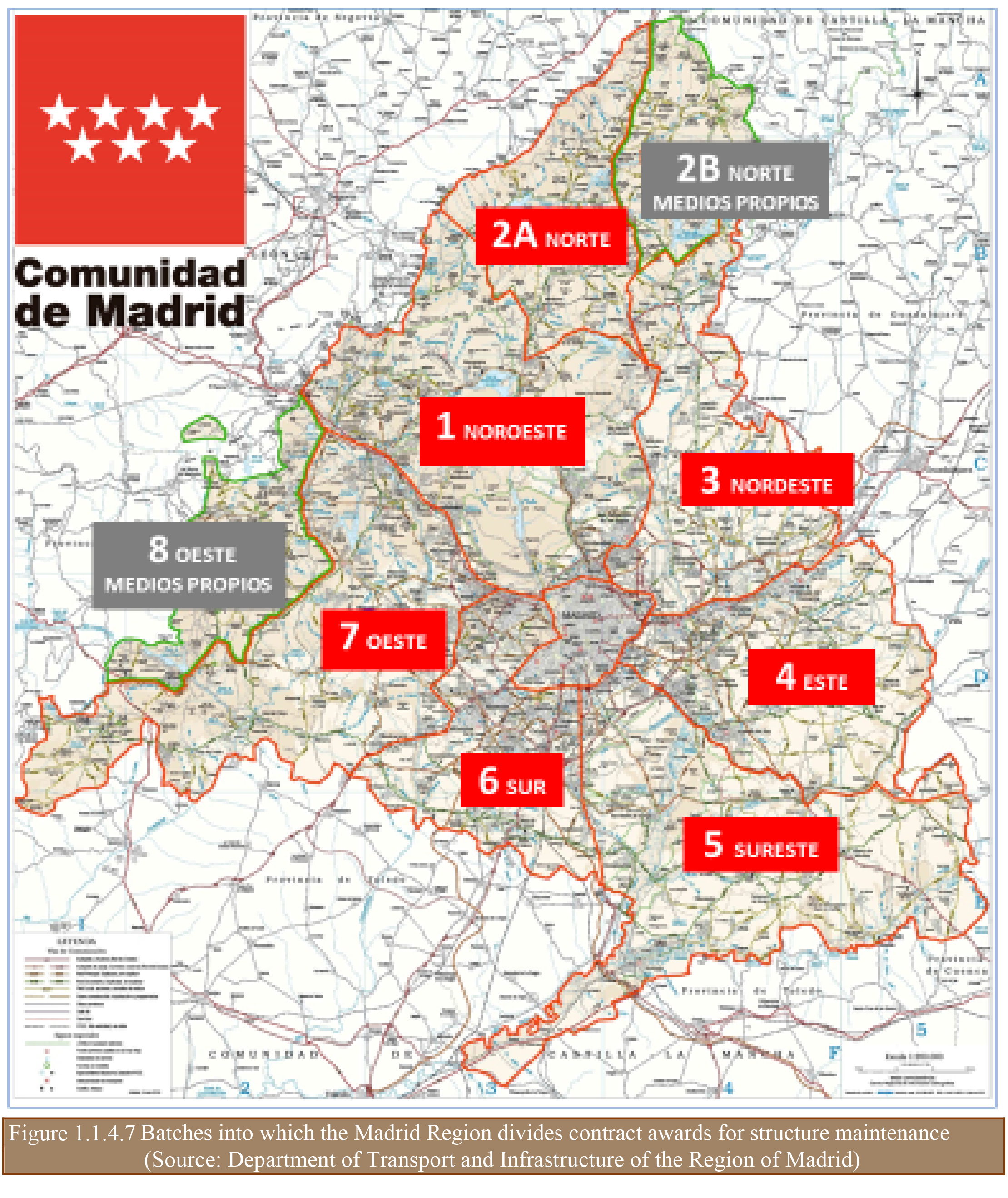
Payment of these contracts is based on service contracts for the operation and maintenance of the roads under their responsibility based on three types of activities:
The maintenance of these aspects of the network is done in two separate maintenance contracts during three years.
Table 1.1.4.6: Lighting and traffic light installation maintenance contracts

To carry out the maintenance of margins, crossings and islands, there is a contract that includes:
In addition to the contracts mentioned above, there are five shadow tolls for roads which are subsidised for road users. This subsidy is returned to the concession-holder.

The payment to the concession-holder is done with an annual subsidy corresponding to the traffic during the yearly period that has just ended, multiplied by the rate for the yearly period updated with the IPC. The amount is calculated each yearly period and the monthly subsidy to the concession-holder is one-twelfth thereof. Payment to the concession-holder has an annual limit that cannot be exceeded, regardless of the increase in vehicles travelling on the road. This is the risk of the concession.
Table 1.1.4.7: Details on the concessions currently being implemented in the Madrid Region

As described, the maintenance and conservation model of the Madrid Region's road network is a model based on the different needs of the assets and the different possibilities for maintenance and conservation, and selects the most appropriate, both technically and economically.
The Department of Transport and Infrastructure works constantly to achieve the highest quality standards in its road network and thereby provide users with the tools to attain a level of development in the area.
RAJESH KEMPRAI, Commissioner and Special Secretary to Government of Assam, Public Works Roads Department, India
DIGANTA GOSWAMI, Assistant Executive Engineer, Public Works Roads Department, Government of Assam, India
Public Works Roads Department (PWRD) is the agency responsible for managing the secondary, urban and rural road network in Assam. To boost infrastructure development, it had initiated several projects in the state and Assam State Roads Project (ASRP) being one of them. The State Government of Assam (GoA) through the Government of India (GOI) has received a loan from the International Bank for Reconstruction and Development (IBRD) for implementation of Assam State Roads Project. Development and implementation of a computerized road asset management system (RAMS) for the maintenance and management of the state road network is one of the key mandates of ASRP. Consequently, such a system was developed and implemented during 2015-18 to meet the needs of PWRD and is called Assam Road Asset Management System (ARAMS). The ARAMS application is envisioned to assist the PWRD to rationalize and aid the decision-making for planning / programming of road maintenance and rehabilitation activities and to estimate the long-term funding requirement for preserving the road assets at an acceptable service level, thereby safeguarding their asset value. It is intended to reflect the state-of-the-art technology and best international practices, in a way that suits the local needs and conditions. To achieve this, PWRD retained LEA Associates South Asia Pvt. Ltd. (LASA), India in joint venture with LEA International Limited (LEA), Canada in association with Geo Info Space Private Limited (GIPL), India. This report offers insights to the project tasks and major findings / learnings for PWRD from the Project.
The principal objective of the project was to establish and implement a road asset management system (RAMS) for PWRD. The project envisaged following tasks under its scope of work:
The major benefits expected from the project to PWRD are manifold. A few of them are listed below:
Assam is the largest state among the North Eastern states of India and acts as gateway for the entire North Eastern (NE) states i.e. Arunachal Pradesh, Manipur, Meghalaya, Mizoram, Nagaland, Tripura and West Bengal and two countries viz. Bangladesh and Bhutan. Its fiscal and economic situation has been improving since last decade, efforts of the government has helped the state to accelerate its Gross State Domestic Product (GSDP).
Its geographical location demands huge thrust on the development of road infrastructure in the region for enhancing the region’s economy. As road infrastructure assets are the key factors of economic development, mobility and social equity for any region or nation. They are not only costly to build but also expensive to maintain in order to adequately meet the public expectations. The key issue is how to manage existing assets in an optimum way and deliver maximum benefit to public, taking into account limited financial resources. The solution is Road Asset Management System (RAMS) which offers a comprehensive and structured approach to deliver benefits to the community benefits through management of road network. It is defined as a systematic process of maintaining, upgrading, and operating road assets cost-effectively. PWRD, under the assistance of the World Bank has developed a web based Road Asset Management System (ARAMS). It is a comprehensive system developed for the road network under PWRD jurisdiction mapped on a GIS platform. It is intended to improve the technical capacities, skills and management capabilities of the PWRD and other road agencies associated with road management and maintenance, thus improving the ability of the Government of Assam (GoA) and its subordinate agencies to manage efficiently and cost-effectively road maintenance and improvement activities.
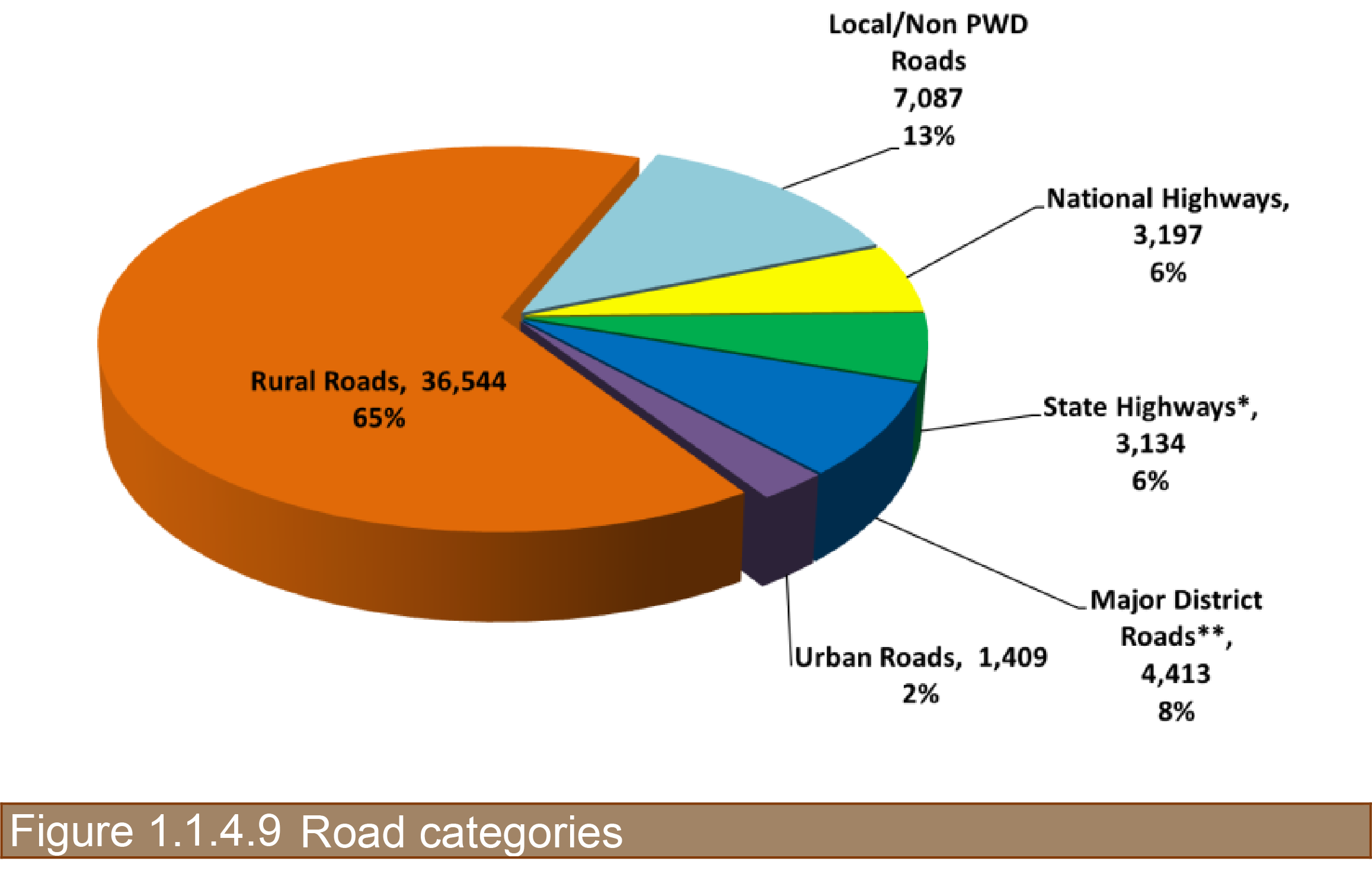
The capital Assets of road agencies in Assam comprised of the road network and assets created thereon such as pavements, bridges, culverts etc. The current road assets in the state are represented in the table. While the National Highways (3,197 km) is managed by a number of agencies (NHAI, PWD-NH & Buildings, BRO, Railways), the Public Works Road Department (PWRD) in Government of Assam manages secondary and tertiary state road network of 44,862 km. The secondary network is classified into State Highways, SH, 3,134 km; and Major District Roads, MDR, 4,413 km, Urban Road 1,409 km and Rural Roads, 36,544 km. The length of rural roads is expected to be around 47,000 km as per RAMS consultant’s estimate, thereby making the total road network under PWRD to about 56,400 km to be managed by the RAMS. About 604 km of SH and 34 km of MDR are taken-up as NH post 2012-13, thereby making total NH as 3835 km.
This case study mainly focuses on the secondary road network i.e. SH and MDR under PWRD which comprises of about 15% of the entire road network of Assam. Of the 7500km of SH and MDR network, about 87% paved road network comprise of bituminous, cement concrete and paver blocks and the remaining 13% is unpaved which also included about 6% (411 km) inaccessible network due to dense forest cover, breached river sections, etc. as represented in the table below:
Table 1.1.4.8: Road network included in case study

About 84% of road network has carriageway width less than 7m i.e. either single or intermediate lane. Only 10% of the road network is of double lane standard and the remaining 6% is inaccessible as represented below:
Table 1.1.4.9: Road width included in case study

There are 1835 bridges and 10798 culverts on SH & MDRs in Assam which also include 101 wooden, 22 semi-permanent steel bridges and 96 bridges are under construction as represented in the table below:
Table 1.1.4.10: Bridges included in case study

Data collection constitutes the most time consuming and resource requiring component for asset management system. It is also subject to budgetary scrutiny and at risk due to financial constraints. In the context of Assam, the data collected was most appropriate to the objectives, resources and modus operandi of the department, and meets the criteria of relevance, reliability, affordability, appropriateness and accessibility. Most of the data was collected through automated means using electronic and mechanical equipment. The consultant procured ARRB’s Hawkeye to collect center-line alignment, inventory, geometry, roughness and condition of the pavement travelling at highway speeds. The data collection methodology implemented for Assam road network is represented below:
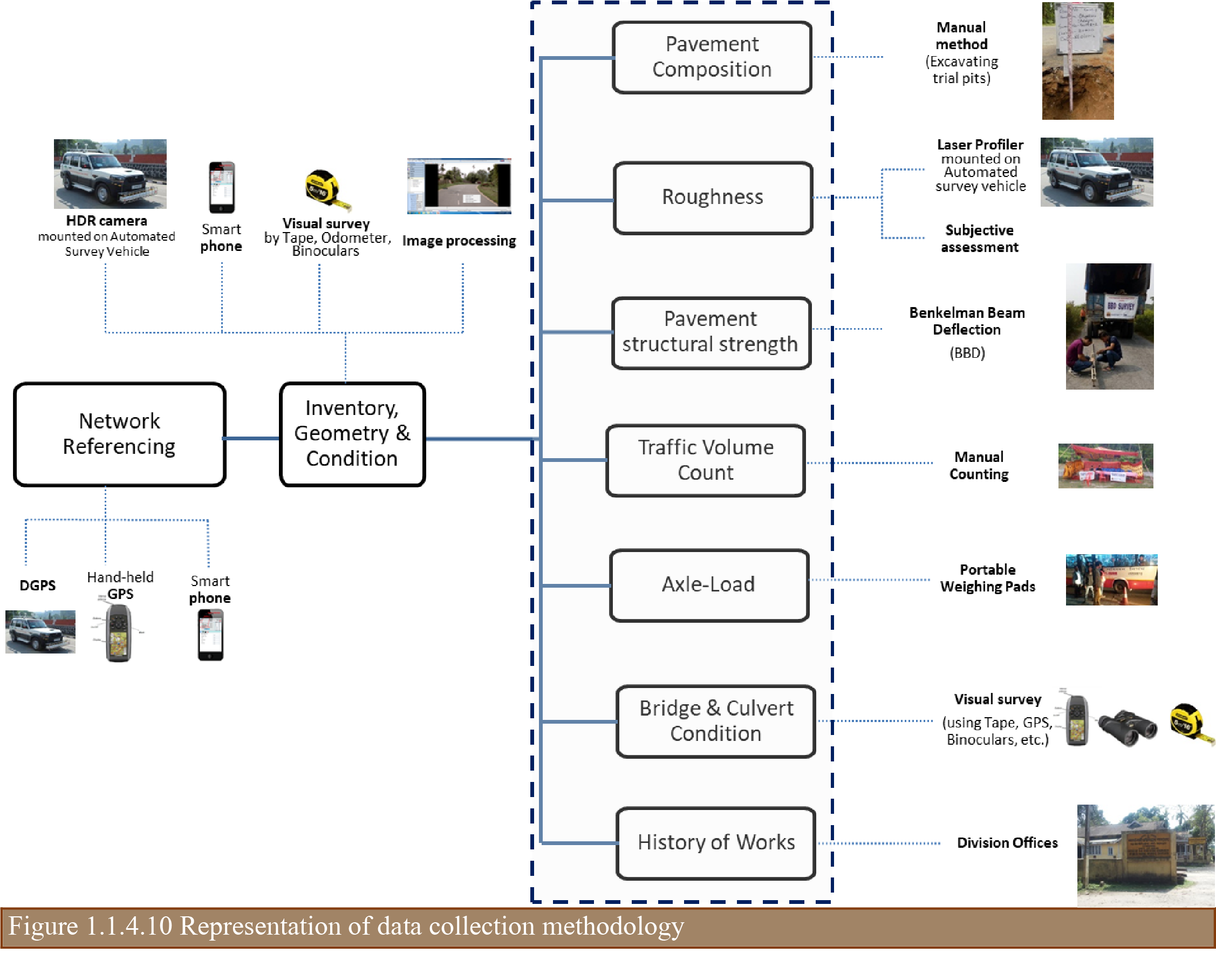
Table 1.1.4.11: Data collection methodology

Due to years of inadequate investment towards robust design on capital asset creation and lack of maintenance thereon has the road network in poor condition. Road maintenance is a lower priority as compared to new construction. The advent of flagship schemes such as NHDP (National Highway Development Program), PMGSY (Pradhan Mantri Gram Sadak Yajona – Rural Roads Program), etc. by the Government of India (GoI) has led to negligence towards maintenance of SH and MDR network. Some of the key observations from the surveys carried out by the RAMS consultant are as follows:
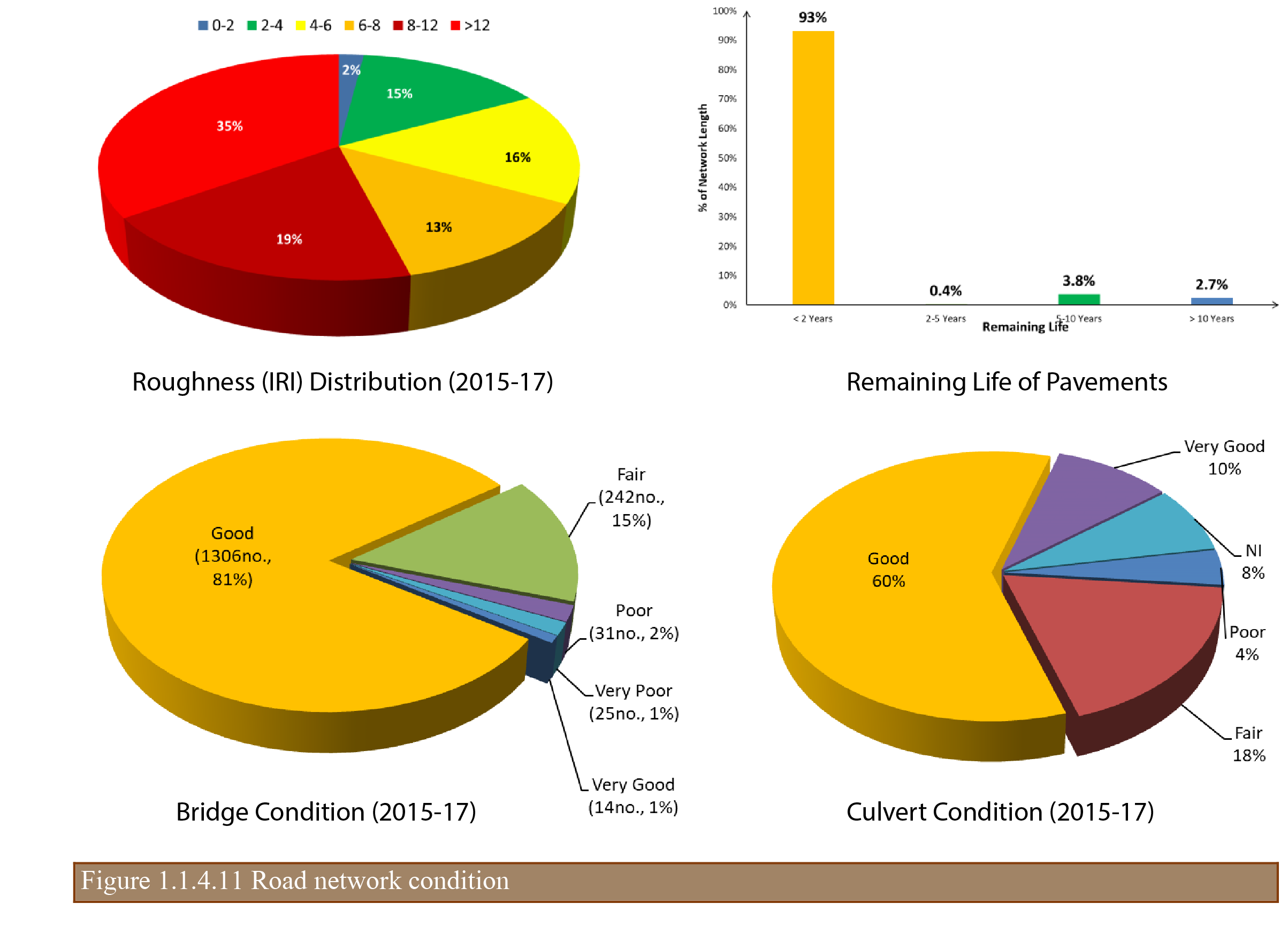
ARAMS is a web-based GIS application developed to add, edit, update, view, analyze, monitor and delete the data on roads and bridges under PWRD. It is integrated with PWRD’s online e-portal and hosted in the department’s server located in the Office of the Chief Engineer, PWD (Roads), Chandmari, Guwahati. It primarily consists of 7 core modules:
In addition to the above, two (2) modules; Web-GIS and Reports were developed to assist PWRD in viewing the information on a GIS map platform and retrieve pre-defined standard reports for administrative use. A schematic representation of the ARAMS system architecture is given below:
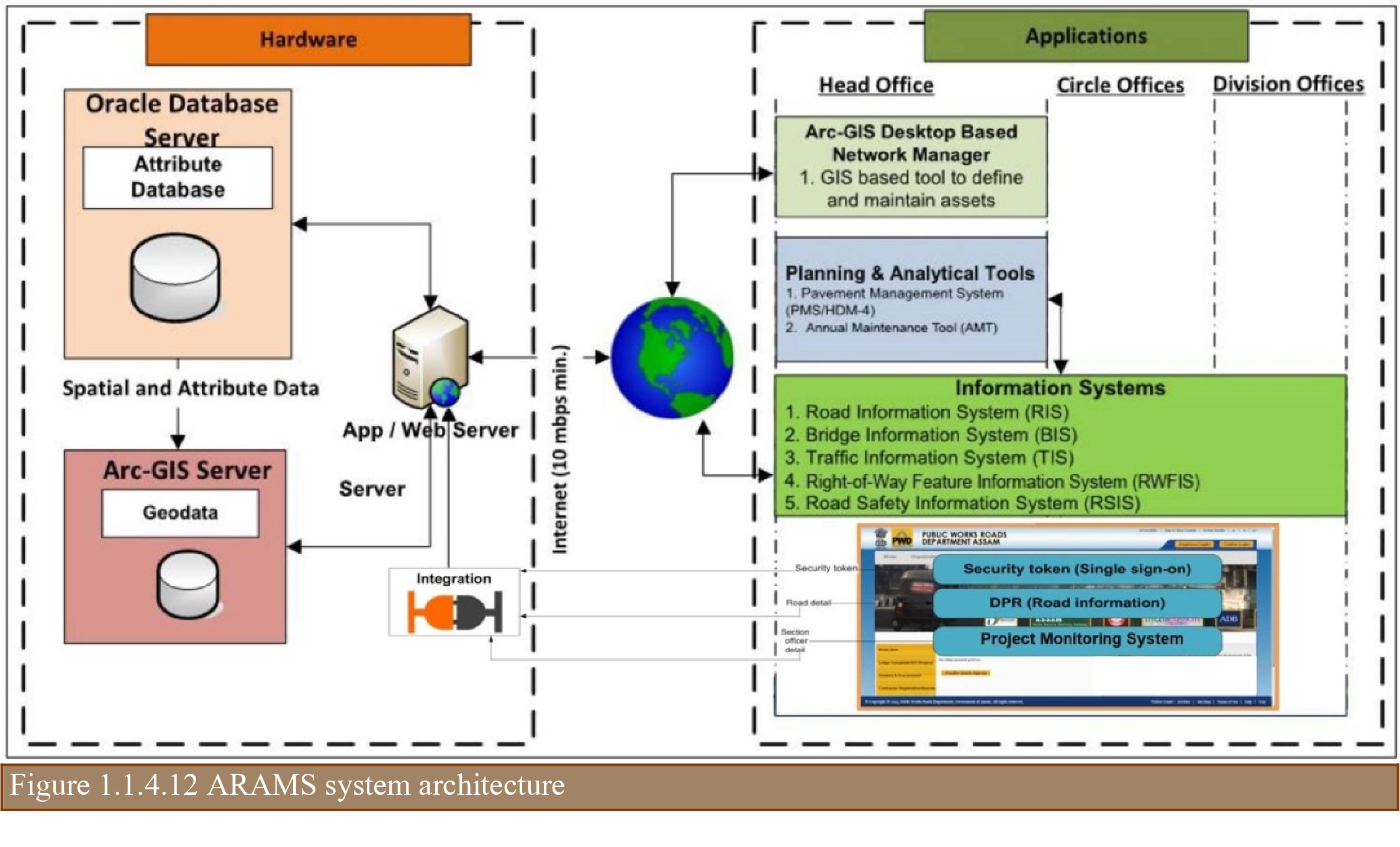
The application suite is developed using Oracle 11g R2 Enterprise Edition and ArcGIS Server 10.4. The client side script uses HTML and JavaScript, and server side script as Java technology. It supports a cross browser, cross platform technology, and runs on all popular web browsers including Microsoft Internet Explorer, Mozilla Firefox and Google Chrome. The system and functional requirements of ARAMS was established after carrying out a detailed needs analysis study and reviewing the software licenses, hardware and networking options available with PWRD for hosting. Some of the interfaces with key features are represented below:
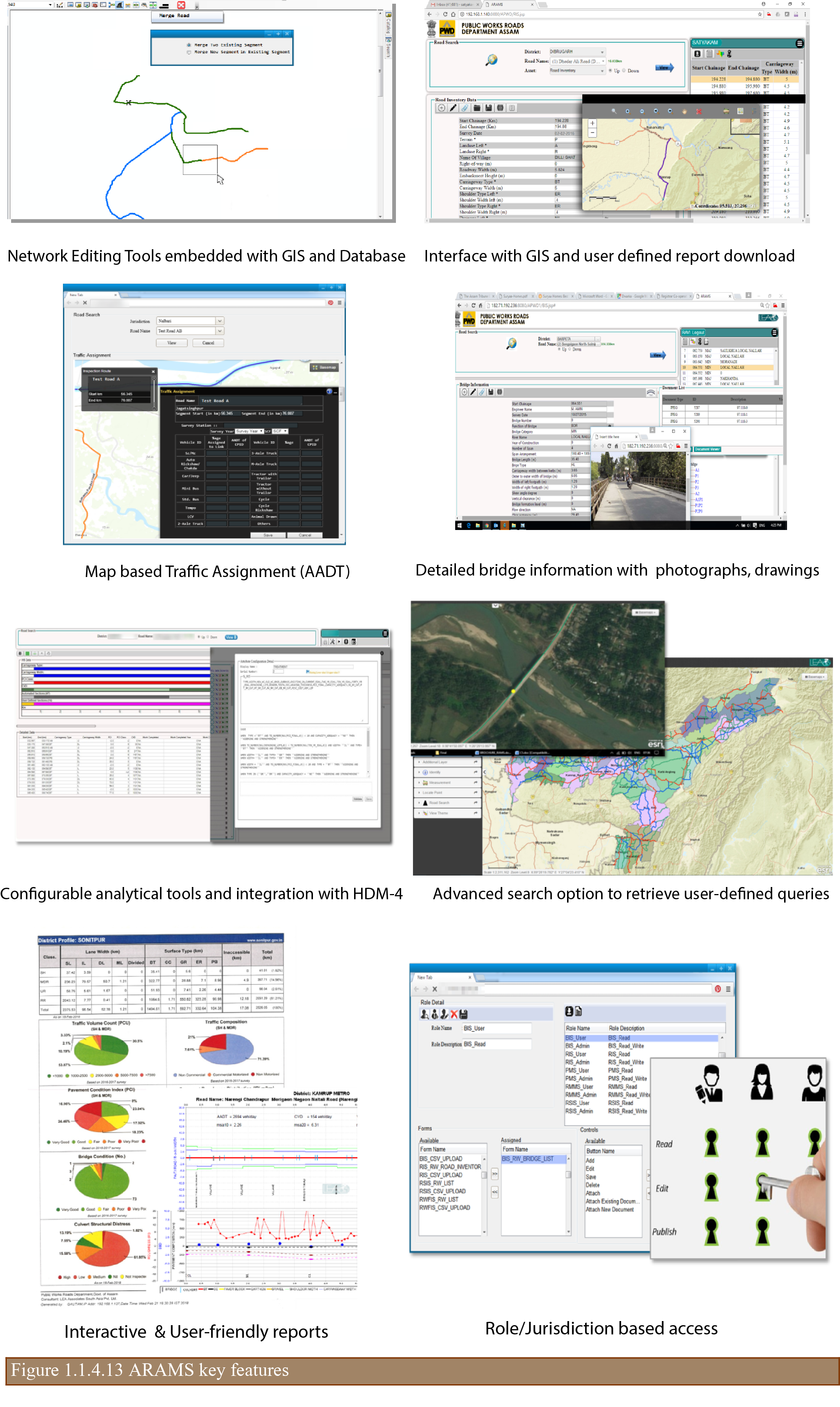
The vast road network with a current asset value of only INR 12,260 crore (USD 1751 million) will further lose its value with time if it is not sufficiently maintained and improved to tackle the distress and traffic demand. Treatments for maintenance and improvements should be suggested for building durable or long-life pavements. To maintain the roads at the desired level of service, adequate and timely provision of budget is also a requisite and should be planned and estimated in advance. A robust network management strategy considering the remaining life of the pavements with emphasis laid on long-lasting pavement (40 year design), use of superior mixes, adequate provision of drainage and raise in embankments to mitigate submergence was developed as listed below:
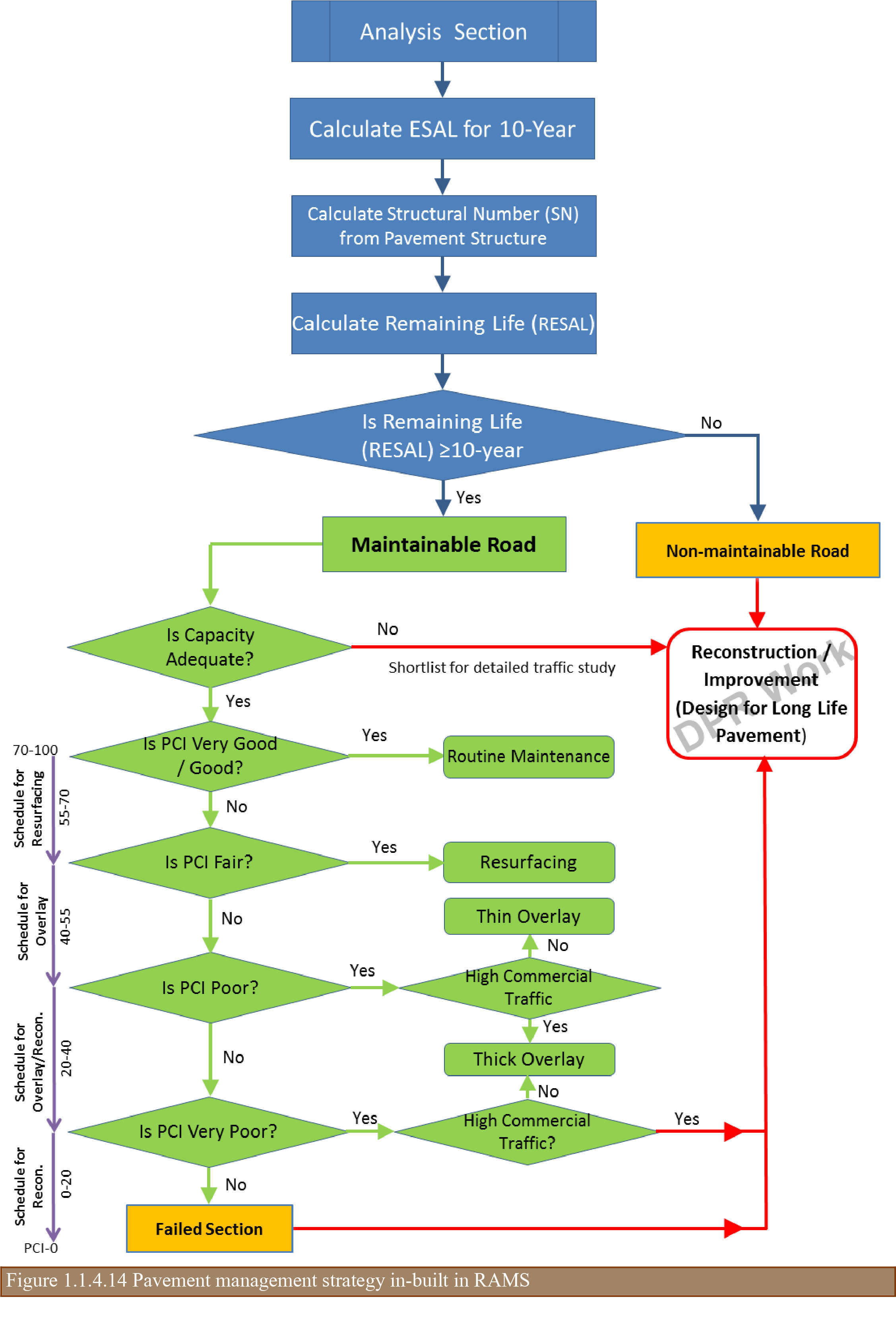
Using the proposed network management strategy and ARAMS application tools, a three-year ‘Action’, a seven-year ‘Strategy’ and a fifteen-year ‘Vision’ plan up to the fiscal year 2031-32 were recommended to rehabilitate the road network and maintain in the desired level of service complying with the planning guidelines of NITI Aayog. The future treatments and costs were based on the current and the anticipated condition of pavements and the expected traffic up to 2031-32. The total requirement for re-construction of SH & MDR by 2031-32 was estimated to INR 41,915 crore (USD 5988 million) and about INR 30,000 crore (USD 4,286 million) in the next 7 years to bring the road network at an acceptable level of service as represented in the graph.

A detailed report on ‘Memorandum to Government of India 15th Finance Commission on Requirement of Funds with Explanatory Notes for Maintenance of Road and Bridge Capital Assets’ was submitted to Finance Commission for their consideration.
As a part of implementation strategy, the state government has also announced the ‘Assam-Mala’ programme. The objectives of this program is to improve the SH & MDR network in the next 15 years for fueling economic growth and bringing the state road infrastructure at par with comparable economies of Southeast Asian countries; to provide quality inter-linkage roads between the National Highways and the rural roads network as well as facilitate seamless multi-modal transportation; and to interconnect economic growth centers with quality transportation corridors and improve inter-state connectivity. The program is expected to have a number of projects under its umbrella. As a major initiative, Government of Assam (GoA) has earmarked INR 5,000 crore (USD 714 million) in the next 3 financial years for improving about 1000 km of road network. It is also planning to rope in additional resources through external funding agencies such as Asian Development Bank, Asian Infrastructure Investment Bank, World Bank, etc. for improvement of another 2000 km road network.
As an interim measure, GoA had also allotted a sum of INR 300 crore (USD 43 million) for maintenance of SH & MDR and PWRD allotted these funds for providing surface renewals / overlay. RAMS application was extensively used to identify the road sections and estimate the maintenance costs for each road sections. The pavement composition, pavement distresses, roughness and deflection, traffic (AADT & CVD), etc. collected on SH & MDR road network in 2017-18 year were reviewed to finalize the road sections.
PWRD has come a long-way in developing a GIS based Road Asset Management System using state-of-the-art equipment for data collection, latest technologies for system development, feel-good user interfaces, and best hardware and network for seamless connectivity and hosting services. Any system developed, if not sustained, will fail one day. To evade such scenario, PWRD has taken up following initiatives towards RAMS sustainability which will be a benchmark / point of reference for other road agencies:
AASHTO, AASHTO Guide for Design of Pavement Structures 1993 American Association of State Highway and Transportation Officials, Washington, D.C., U.S.A., 1993
Asphalt Institute, Asphalt Overlays for Highway and Street Rehabilitation, MS-17, Asphalt Institute, Lexington, Kentucky, U.S.A.,
Asphalt Institute, Thickness Design Asphalt Pavements for Highways and Streets, MS-1, Asphalt Institute, Lexington, Kentucky, U.S.A., 1991
Federal Highway Administration, Highway Statistics 2014, FHWA, Washington, D.C., U.S.A., Dec. 2015
Indian Roads Congress, Guidelines for the Design of Flexible Pavements for Low Volume Rural Roads (First Revision), IRC:72-2015, Indian Roads Congress, New Delhi, India, 2015
Indian Road Congress, Tentative Guidelines for the Design of Flexible Pavements, IRC:37-2017, Indian Roads congress, New Delhi, India, 2012
The FHWA is assisting state departments of transportation (DOTs) in conducting and reviewing the results of an organizational gap analysis, which includes a self-assessment. The self-assessment considers, at a minimum, the adequacy of organizational strategic goals and policies with respect to asset management, whether asset management is taken into account in the agency’s planning and programming of resources, as well as whether the agency is implementing adequate data collection and analysis policies, undertaking whole-life lifecycle cost analysis and undertaking programmatic risk assessments to support an effective asset management program.
Based on the results of the self-assessment, a gap analysis is undertaken to determine which areas of the agency’s asset management process require improvement. The self-assessment questions are available at http://www.fhwa.dot.gov/asset/gap/selfassessment.pdf
The FHWA works with state DOTs in undertaking the asset management gap analysis, which includes the following:
The Highways Agency in the UK (now named Highways England) made it a contract requirement for its asset support contracts for the contractor to undertake a competency assessment against the requirements of PAS 55 (a Publicly Available Specification published by the British Standards Institution (BSI)) in order to assess asset management capability. In the first year, the contractor is required to achieve maturity level 1 and after two years maturity level 2. The approach uses the Institute of Asset Management (IAM) self-assessment methodology and toolkit.
The level 2 assessment takes the following form:
